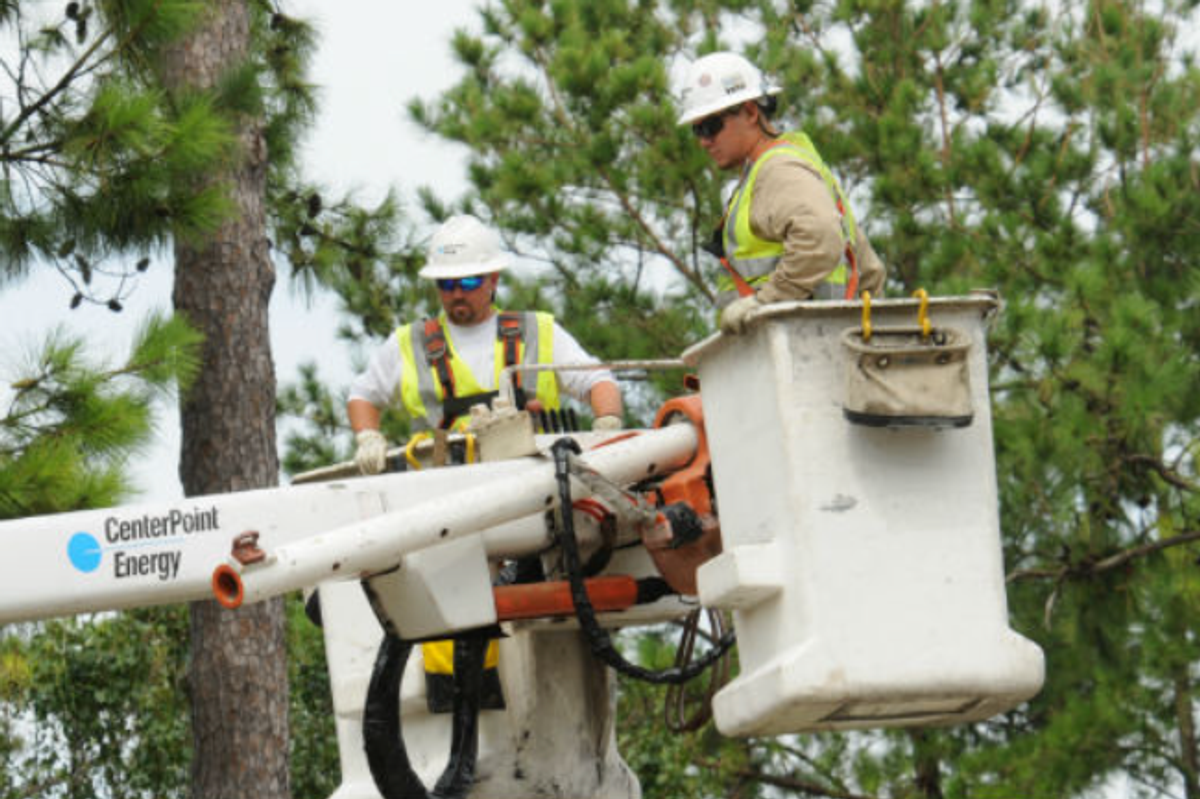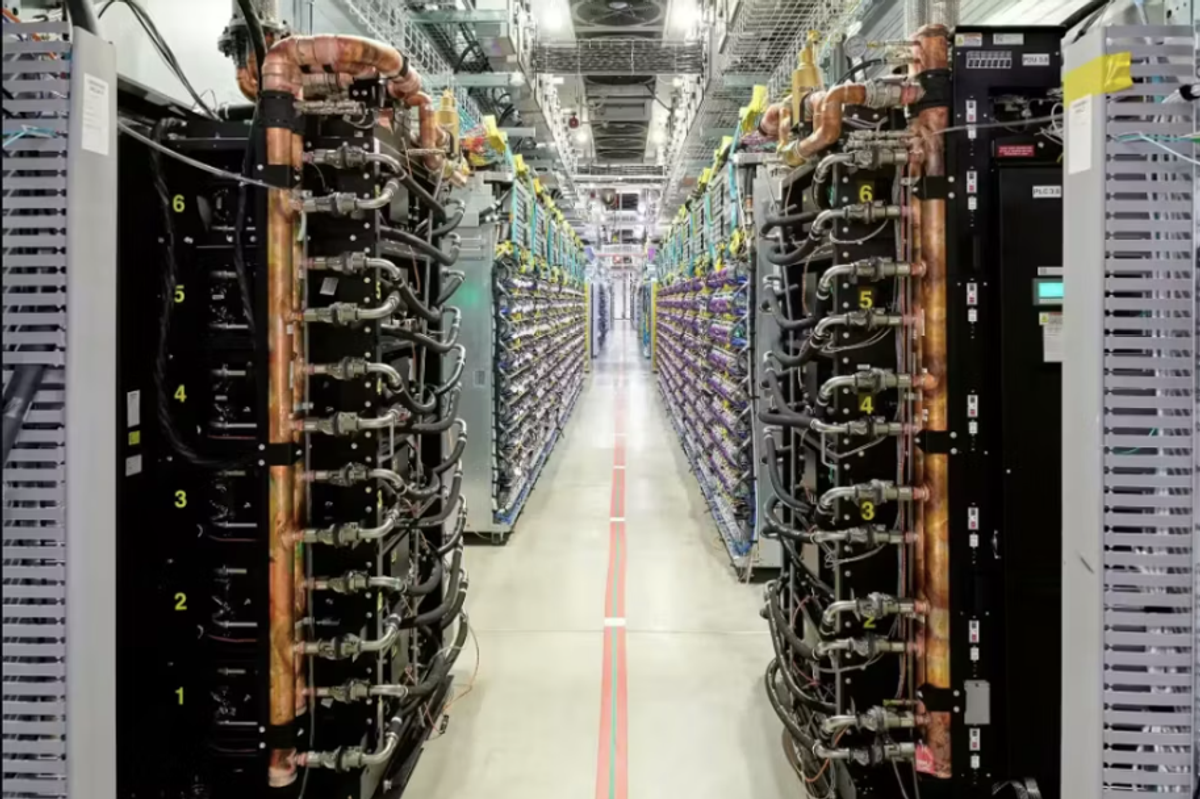Beyond range anxiety: The social dynamics powering EV adoption
Guest Column
Imagine a world where electric vehicles are as commonplace as smartphones. Not so long ago, this seemed like a distant dream, primarily due to the dreaded “range anxiety.” But today, the landscape is shifting dramatically thanks to a mix of technical advancements and social dynamics.
In 1996, General Motors' EV1 emerged as the first modern-day all-electric vehicle, boasting a modest range of 74 miles – adequate for city driving but limiting for longer trips, especially with public charging stations scarce. For the next 15 years, this narrative was slow to change.
Fast forward to today: The Lucid Air boasts an estimated range of 516 miles, more than the average gasoline-powered car can travel on a single tank. In 2022, the average range of an electric car sold in the U.S. reached 291 miles. By May 2023, more than 138,100 public charging outlets were available nationwide. Despite a concentration of these stations in California, the trend is evident: EVs now offer unprecedented range, complemented by an ever-growing network of charging stations.
Yet, the specter of "range anxiety" lingers. Why?
The answer lies not in statistics or technology but in human behavior. A recent study of new EV registrations in 11 U.S. markets revealed a "cluster effect" in EV adoption. Prospective buyers are often influenced by EV owners within their social circles ― neighbors, family, or colleagues. This phenomenon, sometimes known as peer pressure, social contagion, or the “neighborhood effect,” underscores a simple truth: seeing is believing. In other words, the best predictor of a person driving an EV is someone in their inner circle driving one first. (As an EV driver, my own experience resonates with this finding. Three of my friends switched to EVs after hearing about how much my family was enjoying ours, and how much we were saving.)
The report cited two key factors of peer influence in helping new EV drivers overcome possible sources of anxiety, like range limitations. The first factor ― interpersonal communication and persuasion ― includes observation of specific choices (i.e., a new Tesla in the neighbor’s driveway), word-of-mouth communication, and the influence of trusted community leaders. The second ― normative social influence ― holds that social norms are passively communicated as shared standards of behavior within a group. Even without talking to the neighbor, the sight of their new Tesla suggests that driving one allows you to “fit in” too.
If peer influence helps convince EV buyers that range is no obstacle, charging stations are doing their part to influence cluster buying as well. California had more than 14,000 of the nation’s 51,000 public charging stations as of March and also the highest number of registered EVs. Consumer Reports reported in June that “charging logistics” was the number-1 reason holding back potential EV buyers. It only makes sense that the threat of a broken EV charger or a long stretch of road without one is lessened where more chargers are available. The number of public charging stations has increased by 40 percent since Jan. 2021, and figures to rise further as public- and private-sector investment dollars flow into public charging.
More than the availability of public charging stations, the ability to charge one’s EV at home overnight is a practical antidote to range anxiety. Charging overnight can add 40 to 50 miles of range, enough for an average driver on an average day. A 2022 survey by J.D. Power indicated 27 percent of homeowners are "very likely to consider” buying an EV, compared to 17 percent of those who rent. “Not only are homeowners more affluent, on average,” the report notes, “but are more likely to be able to charge an EV at their residence.”
Here too, the cluster effect makes sense. In areas where renters are concentrated (think apartment complexes), all it takes is one EV driver to inform their neighbors where the nearest charging stations are, eliminating a logistical barrier to range anxiety. In areas where homeowners are concentrated (think new-construction suburban communities of family homes), all it takes is one EV driver to demonstrate the utility of overnight charging in a standard garage or driveway outlet.
Advancements in charging technology also play a critical role. The advent of affordable Level 2 chargers and ultra-fast Level 3 chargers, like Electrify America's 20 miles-per-minute chargers, further eases range concerns.
The availability and affordability of charging technology might be the best weapons in the fight against range anxiety, but they are of little use without a first-hand introduction on the part of someone in your social circle. The key to accelerating EV adoption lies in nurturing these social “clusters,” fostering a network of influence that propels us towards an electrified, sustainable future. In this journey, our greatest allies are the conversations in our living rooms, the examples in our driveways, and the shared experiences within our communities. As these clusters expand, they forge a path toward a cleaner, more environmentally conscious world.
———
Kate L. Harrison is the co-founder and head of marketing at MoveEV, an AI-backed EV transition company that helps organizations convert fleet and employee-owned gas vehicles to electric, and reimburse for charging at home.










